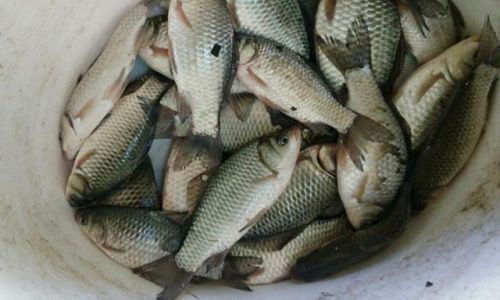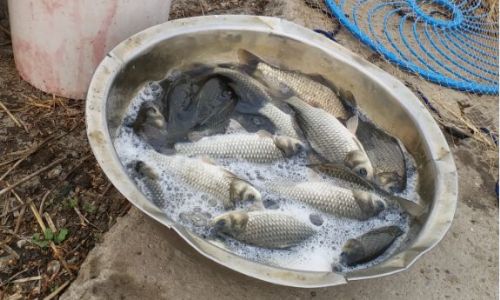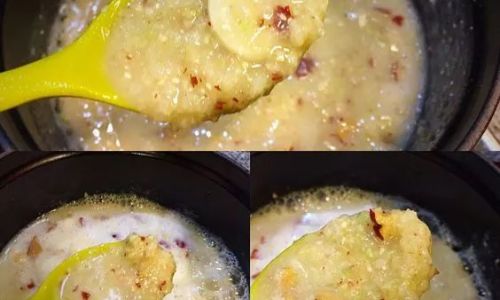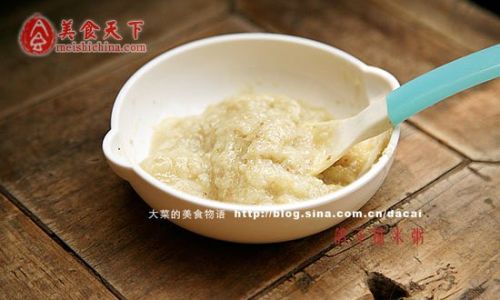Table of content
Introduction
Carp, a popular freshwater fish known for its delicate flavor and nutritional benefits, is a staple in many cuisines worldwide. Whether you’ve caught your own carp or purchased it from a local market, knowing how to store it correctly is crucial to preserving its freshness, taste, and safety. Improper storage can lead to spoilage, the growth of harmful bacteria, and a loss of that delightful, fresh-caught flavor. This comprehensive guide will walk you through the various methods of storing carp, from immediate preservation techniques to long-term storage solutions, ensuring your fish remains in optimal condition until it’s ready to be cooked and enjoyed.
Understanding Carp and Its Storage Needs
Before diving into storage methods, it’s essential to understand the unique characteristics of carp that influence how it should be handled and preserved. Carp is a fatty fish, which means it has a higher oil content compared to leaner fish species. This oil content can make carp more susceptible to spoilage if not stored properly. Additionally, carp’s delicate flesh requires careful handling to avoid damaging it, which can expedite the spoilage process.
Immediate Preservation Techniques
Cleaning and Scaling
The first step in storing carp is to clean and scale it as soon as possible after catching or purchasing. Use a sharp knife to remove the scales, being careful not to cut into the flesh. Rinse the fish thoroughly under cold running water to remove any blood, slime, and dirt. Pat it dry with clean paper towels to prevent moisture-related spoilage.
Gutting and Gilling
Next, gut the fish by making a shallow cut along the belly and removing the internal organs. Be sure to cut out the gills as well, as they can harbor bacteria and contribute to rapid spoilage. Again, rinse the cavity thoroughly and dry it well.

Chilling
Immediately after cleaning, place the carp on ice or in a refrigerator set to a temperature of 32-35°F (0-2°C). This cold environment slows down bacterial growth and preserves the fish’s freshness. If you’re in a situation where refrigeration isn’t available, you can use ice packs or surround the fish with crushed ice in a cooler. However, note that this is a temporary solution and should not be relied upon for extended periods.
Short-Term Refrigeration
For short-term storage (up to two days), wrapping the cleaned and gutted carp in plastic wrap or placing it in an airtight container in the refrigerator is sufficient. Ensure there’s no excess moisture inside the packaging, as this can promote bacterial growth. Label the package with the date to keep track of how long the fish has been stored.
Freezing for Long-Term Preservation
If you plan to store carp for longer than a couple of days, freezing is the best option. Freezing preserves the fish’s quality for several months, allowing you to enjoy it even when fresh fish isn’t available.
Preparation for Freezing
Before freezing, the carp should be cleaned, gutted, and gilled as described earlier. Additionally, you can fillet the fish if preferred, though whole fish can also be frozen. If filleting, remove any bones and trim away any fatty areas to prevent freezer burn.
Freezing Methods
Vacuum Sealing
Vacuum sealing is one of the most effective methods for freezing fish. It removes the air from the packaging, which slows down oxidation and the formation of ice crystals, thereby preserving the fish’s texture and flavor. Use a vacuum sealer to package the fish, ensuring there are no gaps or leaks.
Freezer Bags
If you don’t have a vacuum sealer, heavy-duty freezer bags can be used. Place the fish in the bag, press out as much air as possible, and seal the bag tightly. For added protection, you can use a second bag and seal them both, creating a double layer of protection against freezer burn.
Freezer Paper
Freezer paper is another option. Wrap the fish tightly in freezer paper, making sure to press out any air bubbles. Secure the wrap with tape or by folding the edges over securely.

Freezing Temperature and Duration
Place the packaged fish in the freezer, ensuring the freezer is set to a temperature of 0°F (-18°C) or below. Carp can be stored in the freezer for up to six months for optimal quality. After this point, the fish may still be safe to eat but its texture and flavor may start to degrade.
Thawing Frozen Carp
When you’re ready to use the frozen carp, thaw it properly to avoid bacterial contamination and maintain its quality. The safest way to thaw fish is in the refrigerator, which can take several hours to a day depending on the size of the fish. Place the frozen package on a plate or in a container to catch any drips and leave it in the refrigerator overnight.
Alternatively, you can thaw fish under cold running water, but this method should be done in a sink or container to prevent cross-contamination and should be completed within a couple of hours. Never thaw fish at room temperature or in hot water, as this can lead to rapid bacterial growth.
Cooking and Serving
Once thawed, carp can be cooked using various methods such as grilling, baking, frying, or steaming. The cooking time and method will depend on your recipe and personal preference. Always ensure the fish is cooked to an internal temperature of 145°F (63°C) to kill any harmful bacteria and ensure food safety.
Conclusion
Storing carp properly is key to enjoying its fresh, delicate flavor and ensuring food safety. By following the steps outlined in this guide, from immediate preservation techniques to long-term freezing and thawing, you can keep your carp in optimal condition until it’s ready to be transformed into a delicious meal. Remember, the key to successful storage is to handle the fish with care, keep it cold, and use appropriate packaging to prevent spoilage and freezer burn. With these practices in place, you can confidently store carp for both immediate and future use, preserving its nutritional value and culinary appeal.





0 comments